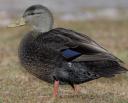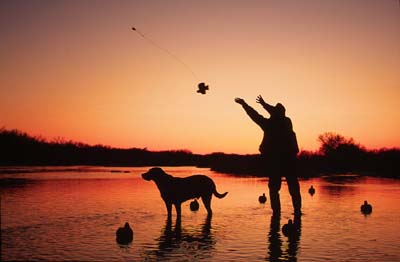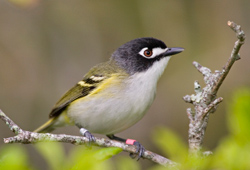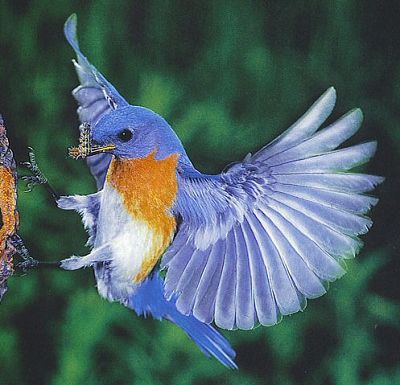The American black duck is also called “black mallard” or “red leg.” Plumage is a dark, mottled brown with white underwings and a violet-blue speculum. It’s length is 21-26 inches and its average weight is anywhere from 2.4-2.8 pounds. When visibility is good, the contrast between the light-brown head and the brown-black body is noticeable. This is our only puddle duck in which the plumages of both sexes are almost identical; the drake in nuptial plumage has a bright yellow bill, contrasting with the female’s olive-green bill. The voice of the hen is a loud quack; of the drake, a lower-pitched kwek-kwek.
Black ducks eat a variety of vegetable foods, including eelgrass, widgeon grass, and the seeds of sedges, bulrushes, wild rice, pondweeds, smartweeds and millets. On land they feed on acorns and waste corn, willingly flying up to 25 miles to a reliable source of the latter. Animal foods, more important in winter, include periwinkles, mussels, and snails. Continue reading About the American Black Duck





